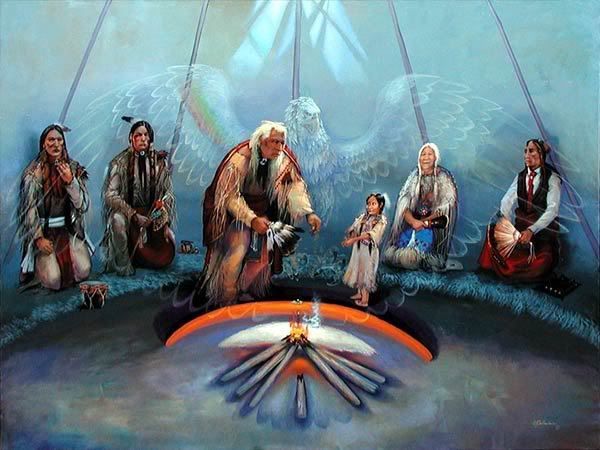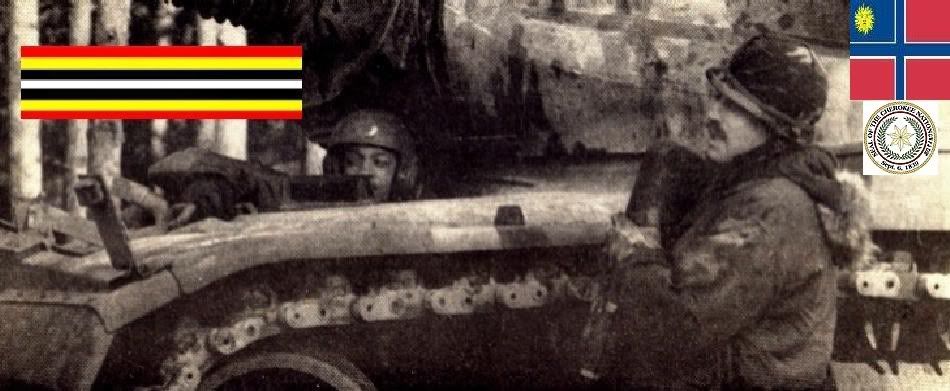|

Chief Crow Foot
(1825-1890)
Warriors Citation
Born a Blood near contemporary Calgary, Alberta, Crow Foot was raised as a member of the Siksika Blackfoot. He became a leading
chief in the Blackfoot Confederacy, an ally of immigrating whites and an advocate of peace with them. Among his people traditional
Native enemies, especially the Cree, Crow Foot was known as a fierce warrior who took part in his first battle at thirteen.
In 1866, Crow Foot became known to settlers after he rescued Albert Lacombe, a Catholic priest. Crow foot also refused to
ally with Sitting Bull's Oglala Lakota after they escaped to Canada following the Battle of Little Bighorn in 1876.

In 1877, Crow Foot was a principal spokesman for the Blackfoot Confederacy as several chiefs signed Canadian Treaty No. 7,
which ceded most of the land in what would become southern Alberta to Canada. In 1883, Crow Foot sought peace between Native
peoples and the Canadian Pacific Railway, which was building track across the Canadian prairies. The railroad all but obliterated
the Blackfoot’s hunting economy, but Crow Foot himself was rewarded by the railroad with a pension. In 1885, Crow Foot's
adopted son Poundmaker sought his alliance in the Second Riel Rebellion. By adopting Poundmaker, a dissident Cree, Crow Foot
had subverted the Blackfoots' traditional enemies. By declining participation in the Second Riel Rebellion, Crow Foot again
refused to fight the encroaching whites. Crow Foot spent his later years traveling as a peacemaker between various tribes
after his personal life had been marked by the tragedy of losing nearly all his children to smallpox and other diseases imported
from Europe. From: historical accounts & records


LINK TO BRAVEHORSE WARRIORS VOLUME TWO
|

